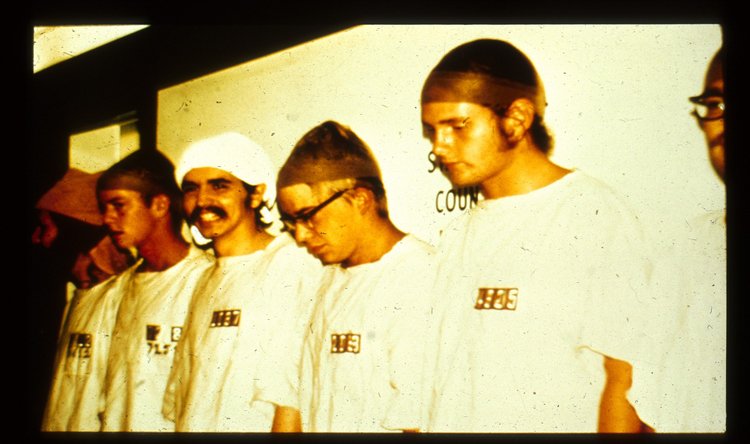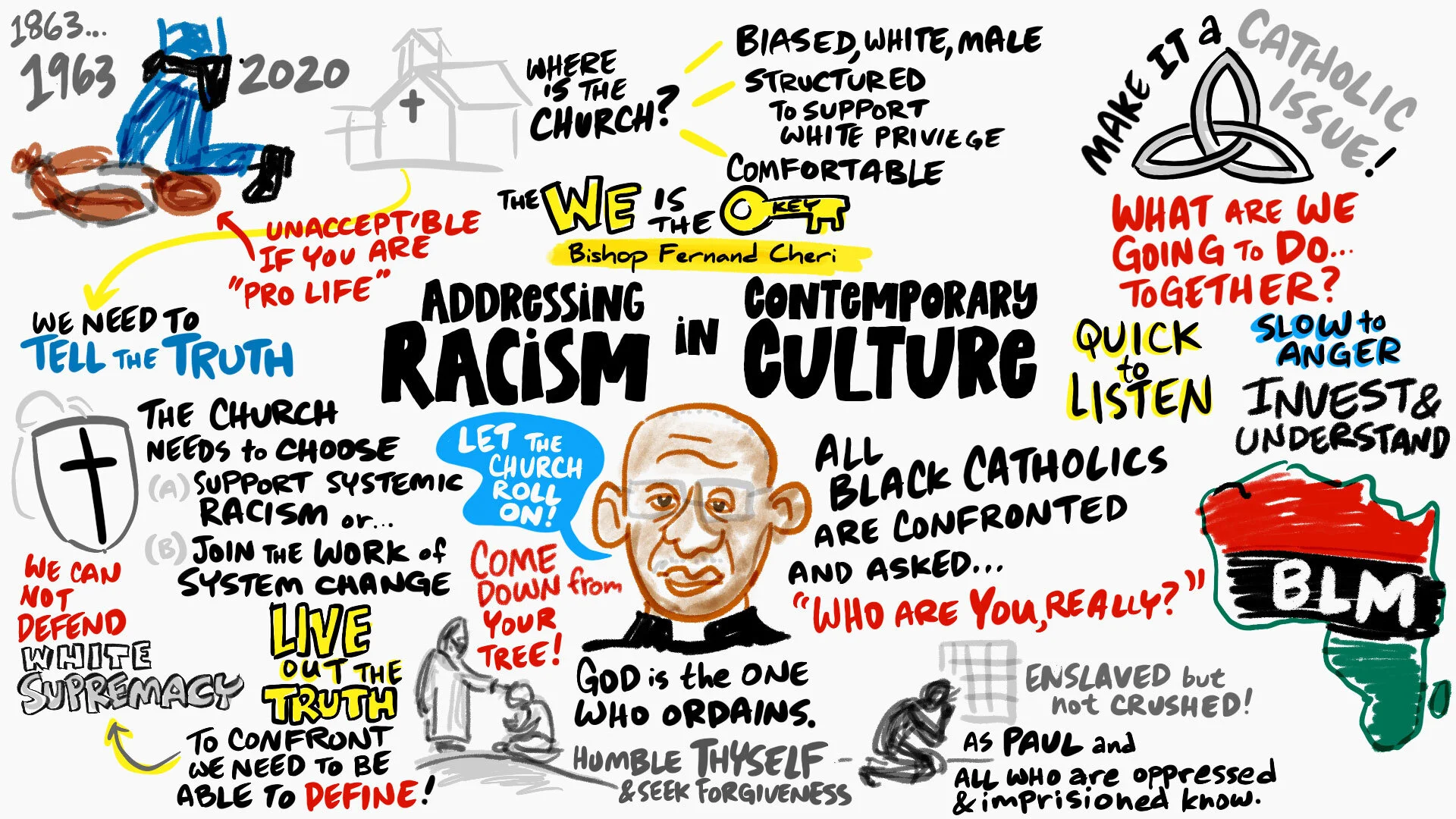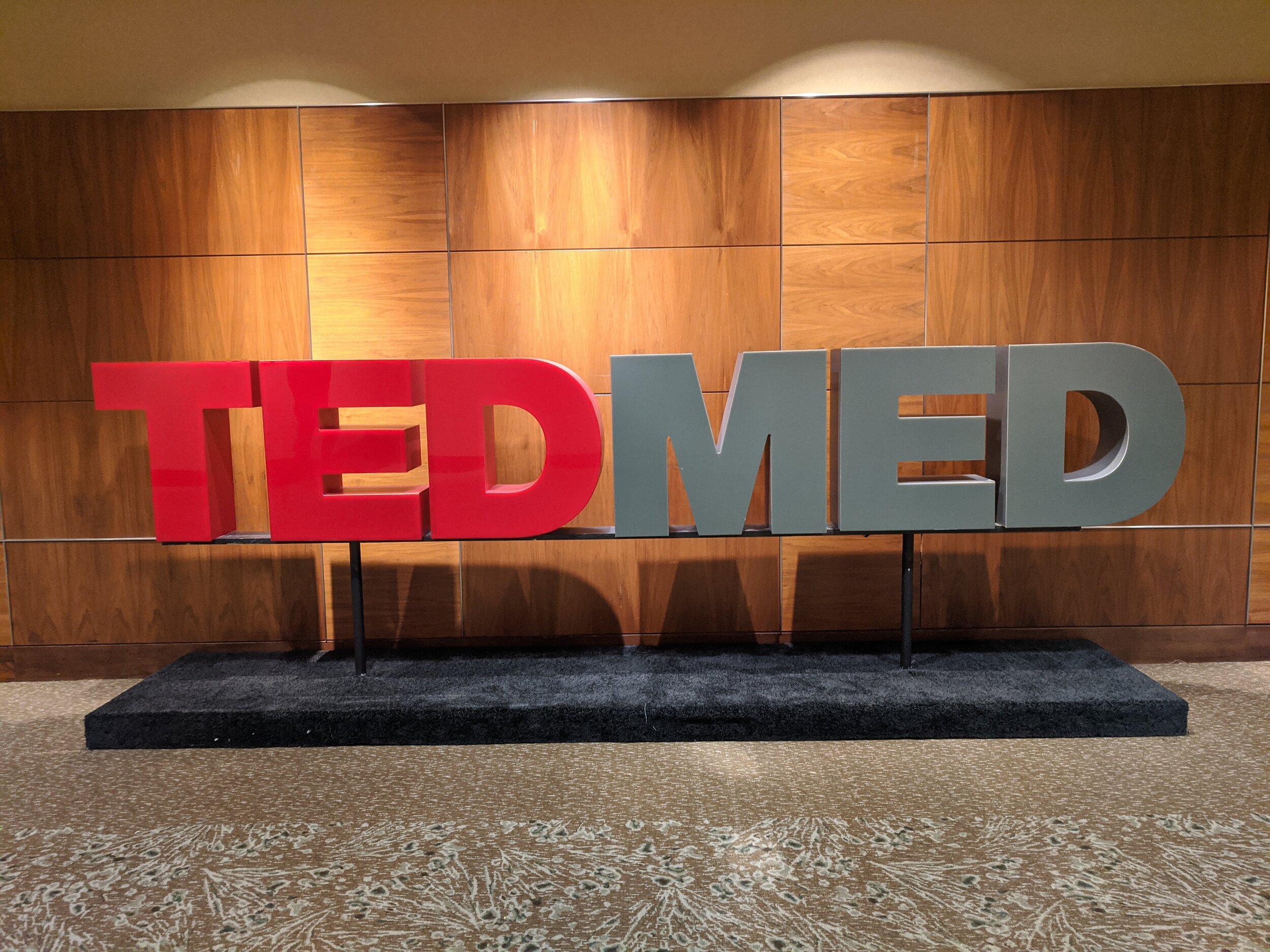Facilitation Processes in Disaster Recovery
/Model by Peter Durand, Alphachimp Studio, Inc.
[based on the Stages of an Enterprise Model by MG Taylor].
This content is from a seminar facilitated by Lenny Diamond, Maria Begona Rodas Carrillo and Deb Starzynski at the International Association of Facilitators Conference, Saturday May 26, 2002, in Fort Worth, Texas
1. Normal State
Basic Need:Stability and growth
Activity: Aspire
Life with its ups and downs, minor glitches and lessons learned.
2. Traumatic Event
Whether an individual or a community, the pattern of life is radically disrupted. This inspires various immediate reactions: denial, sadness, anger, despair, fear, guilt, blame, violence, depression, somatic symptoms, relational stress, spiritual distortions, etc. Every crisis demands a decision be made-- whether to address the trauma using functional strategies or dysfunctional strategies.
Almost immediately after the traumatic event, people start to make an assessment of the situation and accept (or not) the reality of it. A set of symptoms generally develop and are part of the initial reaction. These are all very normal and necessary within the context of the traumatic experience, although in other contexts they may be seen as pathological. They should never be considered as such as they are all important aspects of the process of grieving and, eventual recovery.
The initial reactions appear in a different way in every one of the human dimensions.
We live in a system; yet, we all have different personal and communal subsystems that react to crisis.
A set of symptoms develop which are part of this initial reaction. These symptomsoccur in the four different personal dimensions, often in a combination of two or more:
It is important to facilitate growth in each dimension. These are normal reactions and don�t have anything to do with psychologicalillnesses and it is the best moment to intervene in the grief process.
Physical Reactions:
Mental or Emotional Reactions:
Sadness: There is a deep and recurring sense of loss during a sometimes long period of time. To cry is normal, natural and even necessary in an intense period of sadness.
Anger. As illogical as it may be, it is also normal and natural to feel anger and even rage with:
Fear. Different kinds of fear appear and reappear:
Guilt or Self-Blame.Many feel guilty for something they did; others feel guilty for what they think they failed to do; some even blame themselves in some way for natural tragedies.
Social Reactions. Group and interpersonal relationships also feel the impact:
Relational Stress. A crisis affects all relationships, whether between family members or political groups. It is most often seen in individual behaviors of abberent aggressiveness or crippling passivity.
Spiritual Reactions. Influenced by the need to comprehend the shocking new reality (and both it's source and meaningthere may be an increase in magic thinking and mysticism; some may proclaim the crisis as a punishment for past sins. The pain may drive others away from there belief systems and faith, leading to spiritual rejection, distortion or fanaticism.
3. Reactive Stage
Basic Need: Survival
Activity: Accommodate
Physical, mental, social and spiritual survival. Grief, fear and numbness rule decision-making.
Dysfunctional strategies are pseudosolutions. Cycles of self-destructive behavior can result from a failure to recognize crisis as a normal, natural and necessary aspect of human life. Can spiral resulting in a secondary crisis.
Paul Watzlawick (1989) was the first to introduce the concept of "pseudo-solution:
"...a difficulty turned into a more serious problem by the use of a solution that is more dangerous than the initial difficulty that is trying to be resolved."
Pseudosolutions (Watslawick, 1984) are what we do, with the best of intentions, when we try to solve a problem with a strategy that ends up making it worse. These dysfunctional strategies are the �danger� in a crisis.
It�s like drinking salt water when your thirsty.
4. Receptive Stage
Basic Need: Security
Activity: Assimilate
Acceptance of the new reality through awareness and reflection, pave the way for adaptation to conditions. An improved attitude reveals a "light at the end of the tunnel." Analysis and observation provide the basic elements for crafting a strategy for recovery.
5. Proactive Stage
Basic Need: Autonomy
Activity: Activate
The use of functional strategies lead to personal and group psycho-social recuperation and reconstruction. Ownership of growth and improvement through active participation, flexibility and accountability yield greater and greater achievements.
In this stage, the silent enemy to recovery usually manifests in the form of post-traumatic stress syndrome. Though an illusion of "normalcy" may return, unresolved emotions from the traumatic event undermine steps towards true transcendence. Self-destructive behavior such as depression, isolation and violence are common.
6. Interactive Stage
Basic Need: Transcendence
Activity: Associate
Strengthen social bonds and intimacy through affiliation and alliances. A social system based on sharing and cooperation. A healthy balance between personal advocacy and group solidarity.
More Resources
www.ifrc.org
www.fritzinstitute.org









